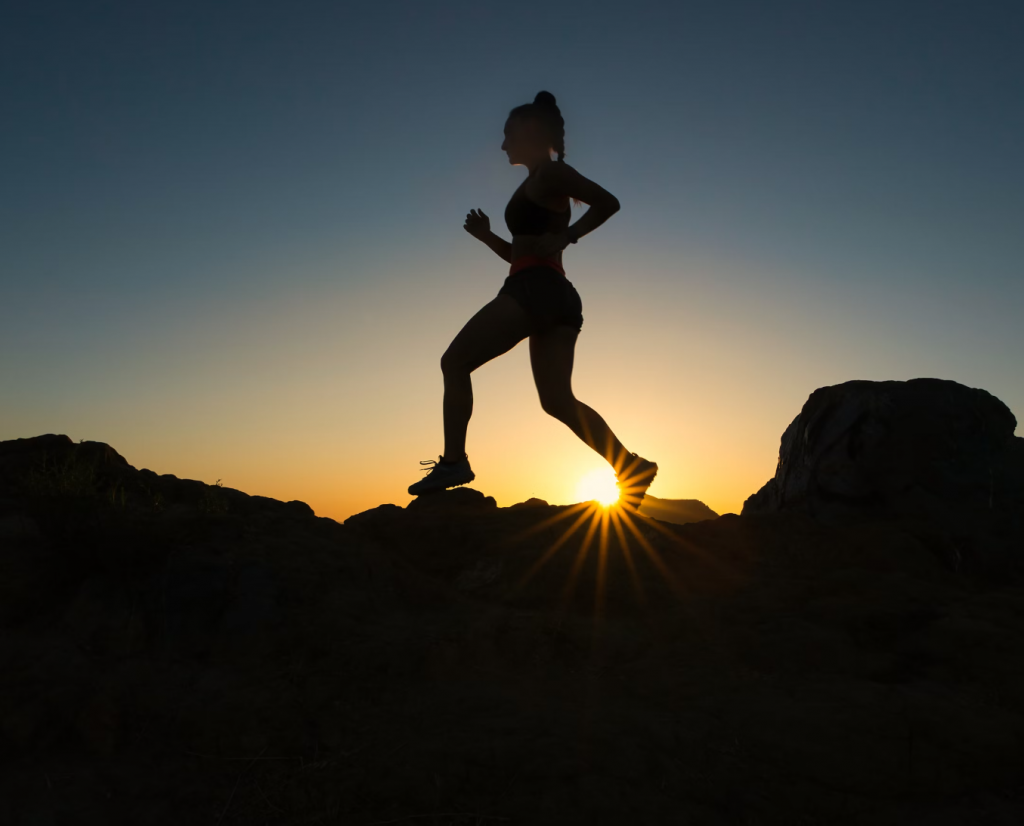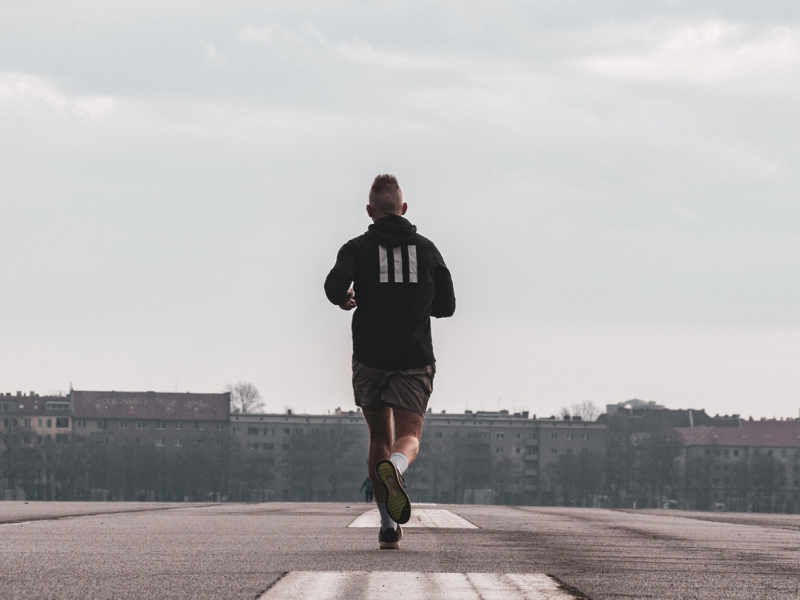Introduction: Why Cushioning Matters
Running is one of the most accessible forms of exercise—but it can also be hard on your joints. Without proper support and cushioning, each step can deliver impact forces equivalent to two to three times your body weight. That’s where cushioning running shoes come into play: they help soften the blow, protect vulnerable joints, and enhance comfort over both short jogs and long-distance runs.
How Running Impacts Your Joints
The Role of Shock Absorption
When your foot strikes the ground, the force travels up your kinetic chain—ankles, knees, hips, and lower back. Without effective cushioning to absorb this shock, your joints are left to bear the brunt. Over time, this repetitive stress can cause pain or injuries.

Common Joint Issues in Runners
Some of the most common problems runners face include:
- Runner’s knee (patellofemoral pain syndrome)
- Shin splints
- Hip bursitis
- Plantar fasciitis
Proper cushioning can help minimize these issues by distributing pressure more evenly and reducing stress concentrations.
What to Look for in Cushioning Running Shoes
Midsole Technology
The midsole is where most of the cushioning magic happens. Look for shoes using advanced foams such as EVA, ZoomX, Fresh Foam, or Gel systems that compress and rebound efficiently without losing structure.
Heel-to-Toe Drop Considerations
A higher drop can offer more cushioning at the heel, ideal for heel strikers. Lower drop shoes often promote more natural forefoot or midfoot strikes, which may benefit joint alignment and lessen shock at the knee.
Arch and Pronation Support
Cushioning isn’t just about softness—it’s about support too. Runners with flat feet or overpronation need stability features to prevent rolling inward, which can strain the joints.
Weight and Flexibility
Lighter shoes may feel fast, but ultra-light designs often sacrifice cushioning. Conversely, too much cushion can feel “mushy.” Strike a balance that offers shock protection without compromising performance.
Top 7 Cushioning Running Shoes for Joint Protection
1. Hoka One One Bondi 8
Best for: Max cushioning lovers
This shoe is practically a mattress for your feet. With its signature EVA midsole and Meta-Rocker geometry, the Bondi 8 delivers an ultra-plush ride and promotes a smooth heel-to-toe transition.
2. Brooks Glycerin 21
Best for: Neutral runners seeking luxury comfort
Brooks’ DNA LOFT v3 foam offers supreme softness without feeling sluggish. The Glycerin 21 also features a breathable mesh upper and excellent heel lockdown.
3. ASICS Gel-Nimbus 26
Best for: Runners with joint sensitivity
The Gel-Nimbus 26 combines ASICS’ FF BLAST™ PLUS ECO foam with rearfoot and forefoot Gel® technology, making it a reliable choice for long runs and joint relief.
4. New Balance Fresh Foam X 1080v13
Best for: Versatile everyday running
This shoe uses a single-density Fresh Foam X midsole that adapts to each step, making it suitable for different foot shapes and gaits.
5. Nike ZoomX Invincible Run Flyknit 3
Best for: Maximum energy return with cushioning
ZoomX foam is super responsive while being soft enough to reduce joint impact. It’s designed for daily training and is especially good for recovery runs.
6. Saucony Triumph 21
Best for: Soft and stable ride
Featuring PWRRUN+ cushioning, the Triumph 21 gives a plush yet energetic underfoot feel. It’s ideal for long-distance runners who want stability and softness.
7. On Cloudmonster
Best for: Cushioned ride with a unique feel
The CloudTec pods and Helion™ foam create a soft yet springy feel. Great for runners seeking innovation in cushioning and shock absorption.
Comparative Analysis Table
| Shoe Model | Cushion Type | Drop (mm) | Best For |
|---|---|---|---|
| Hoka Bondi 8 | EVA Foam + Rocker | 4 | Max Cushion |
| Brooks Glycerin 21 | DNA Loft v3 | 10 | Neutral Runners |
| ASICS Gel-Nimbus 26 | Gel + FF Blast Plus | 10 | Sensitive Joints |
| NB 1080v13 | Fresh Foam X | 8 | All Runners |
| Nike Invincible 3 | ZoomX | 9 | Energy Return |
| Saucony Triumph 21 | PWRRUN+ | 10 | Long Runs |
| On Cloudmonster | Helion + CloudTec | 6 | Cushioned Tech |
Tips for Reducing Joint Strain Beyond Shoes
Surface and Terrain Choices
Avoid concrete whenever possible. Opt for softer surfaces like trails, tracks, or synthetic turf to lessen impact forces on your knees and hips.
Proper Running Form
Keep your posture upright, land softly beneath your hips, and avoid overstriding. Efficient form minimizes wasted motion and impact.
Strength Training and Stretching
Stronger muscles support your joints better. Incorporate squats, lunges, and core exercises into your weekly routine. Stretch your calves, hamstrings, and hip flexors regularly to maintain mobility.
Conclusion
Choosing the best cushioning running shoes isn’t just about comfort—it’s about protecting your long-term health. Whether you’re recovering from an injury, just starting out, or pounding out marathon miles, investing in the right shoes can make all the difference. Look for advanced midsoles, supportive structures, and the right fit for your gait. Pair your gear with smart running habits and you’ll keep your joints happy and your runs pain-free.
FAQs
1. Are cushioning shoes suitable for all runners?
Yes, but runners with specific gait issues (e.g., overpronation) should ensure the shoes also offer stability features.
2. Can cushioning shoes prevent knee injuries?
They help reduce impact forces, which can lower the risk, but proper form and strength training are also essential.
3. How often should I replace cushioning running shoes?
Typically every 300–500 miles, or when you feel a noticeable drop in cushioning or support.
4. Are maximalist shoes better for joint protection?
Not always. While they provide more foam, some runners may find them unstable or too soft. Balance is key.
5. Should I size up for more comfort?
Not necessarily. A properly fitted shoe with a thumb’s width of space in the toe box is ideal for both comfort and protection.


